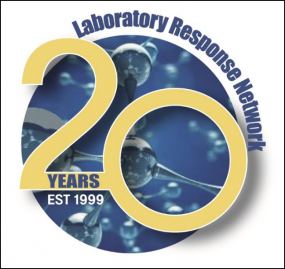Programs and Research

National Biomonitoring Program
CDC’s Division of Laboratory Sciences uses biomonitoring—measurements in human blood and urine—to identify harmful exposures or nutrition deficiencies in the U.S. population.

Clinical Standardization Programs
CDC’s Clinical Standardization Programs make certain that the accuracy, precision, and other performance parameters of a laboratory test are improved and maintained to meet clinical needs.

Laboratory Quality Assurance Programs
CDC’s Division of Laboratory Sciences works to standardize and improve the quality and accuracy of laboratory tests for environmental chemicals, nutritional indicators, heart disease and stroke, and newborn screening.

Laboratory Response Network for Chemical Threats (LRN-C)
The Laboratory Response Network for Chemical Threats (LRN-C) is a national network of local and state public health laboratories that respond to chemical terrorism and other public health emergencies in the United States. CDC partners with the LRN-C to maintain specialized capabilities for analyzing human exposures to chemical threat agents, e.g., toxic metals and industrial chemicals. Established in 1999, the LRN-C has been ensuring laboratory preparedness and response capability for 20 years.